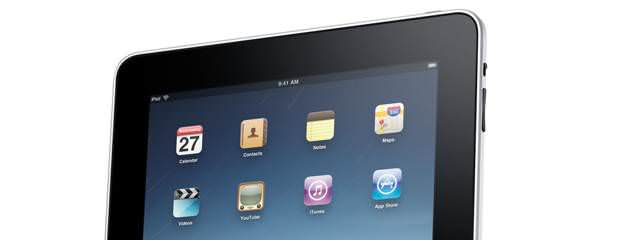
The Next Generation Emergency Operations Center and Other Carnegie Mellon University Silicon Valley Projects
applied geography & spatial sciences, architecture engineering construction, business gis, business intelligence, cartography, more topics
Directions Magazine: Please describe the "straightway generation EOC." What types of mapping and communication technologies are being incorporated into this operation? How is the information gathered by these technologies communicated to field personnel?
So CMUSV’s then and there-gen EOC testbed is a mobile unit, solar powered, with a variety of network-based comms systems that can be tailored to the mission and the participating actors. Our phones are VoIP (Voice over Internet Protocol); we monitor news media over a network server; we plug in radio communications on a case-by-case basis using Internet Protocol interoperability tools and connections to communications interoperability vans owned by the California Emergency Management Agency. Our display systems are open source, using both public applications like Google Earth and onboard datasets using Geoserver and OpenLayers JavaScript software.
Over those base maps we display updated and real-time information using KML and assorted homegrown Web applications. We display the results on remote-controlled monitors at our breakout working areas and on a large-screen display system using an array of low-power-consumption pico projectors in our briefing area. Right now we're working on using Microsoft Kinect 3D sensors to evaluate the usefulness of "Minority Report" style gestural interfaces. And we use webcams, screen sharing and DHS UICDS middleware to make those data available to folks in other vehicles and on portable tablet viewers in the field and at a number of Silicon Valley fixed EOCs over a regional wireless system called the Santa Clara Emergency Wireless Network.
DM: Can you describe the spatial resolution of the imagery and video used to develop a common operating picture? How is FMV research integrated with geographic information systems?
The sensor operates
Basically the sensor operates by collecting the 12 simultaneous bands of spectral data over the region where the acquiring aircraft platform is operating. The sensor deep down "paints" a picture in 12 wavelengths of the earth surface phenomenon, essentially developing a long strip image that can be spectrally broken out into different wavelengths. This is not an FMV system. During the sensor is recording the spectral information on-board, we are as well autonomously selecting "frames" of the data for real-time on-board processing to derive specific image information and relay that information to the ground via satellite uplink/down-link communications.
This on-board georectification process as well ingests earth surface topography data from the Shuttle Radar Topographic Missions to derive a complete, real-time, fit-to-terrain, dataset "drape" capability that can be ingested into any GIS or Web-based data visualization package. The processed image data, on the whole on the aircraft, are at the time sent autonomously to an INMARSAT satellite communications system antenna, to the satellite and directly to any "server" address on the earth. We send all data to NASA-Ames for archive and real-time redistribution availability for incident teams. All this complicated processing takes about four minutes from sensor collection, through all on-board processing, to delivery of a Level II product at an incident command center for use by wildfire mitigation teams.
Heather MacDonald and Alan Peters, authors of Urban Policy and the Census, discuss the data, questions, innovation, and the analysis involved in shaping current urban policy.
- ·
Voip Carnegie Mellon University
- · Rackspace debuts OpenStack cloud servers
- · America's broadband adoption challenges
- · EPAM Systems Leverages the Cloud to Enhance Its Global Delivery Model With Nimbula Director
- · Telcom & Data intros emergency VOIP phones
- · Lorton Data Announces Partnership with Krengeltech Through A-Qua⢠Integration into DocuMailer
